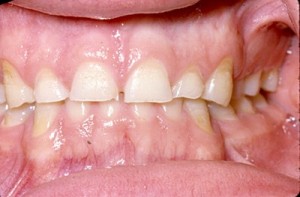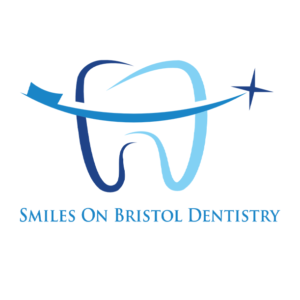[sgmb id=”1″ customimageurl=”” ]
Dental Attrition
Loss of tooth tissue also known as dental attrition can usually start as an incisal or occlusal wear away of the tooth surfaces. This is commonly as normal part of aging due to common grinding throughout the years. If tooth wear becomes excessive it can be defined as pathological in nature, if this is your case intervention by a dental professional is needed. This pathological wear is usually caused by bruxism the clenching and grinding of teeth. If attrition becomes severe and teeth are worn away leaving them with only underlying dentin they can be exposed to dental caries and/or dentin hypersensitivity.
Some signs and symptoms for attrition are loss of tooth anatomy, sensitivity or pain. The loss of tooth anatomy includes loss of cusps and fractures on teeth. Also if rounding or sharpening of incisal edges occurs this is an apparent sign for attrition. Attrition can cause dentin hypersensitivity this is when pain and/or sensitivity occur. If attrition becomes severe secondary loss of enamel can occur and bring sensitivity as dentin is now exposed. Another sign you might see is tooth discoloration, teeth can have a yellow appearance or can become darker. The enamel is the protection of your tooth when worn away by attrition your teeth are at higher risk to dental caries.
Several causes for this dental attrition are tooth grinding, such as bruxism. Also, inappropriate alignment of teeth can contribute to have teeth worn away such as malocclusion. Not only are these causes for attrition but also an absence of posterior teeth, or having a rough-textured diet. Having a good diet can help when preventing attrition as many foods which contain acids can help become attrition a greater problem. There are ways in which we can help prevent or manage attrition, several ways are: an orthodontic examination, a mouth guard/night guard, a particular diet, and an intraoral soft tissue analysis. It is important to know every patient is different for this you should contemplate on making a dental visit.
To also help with dental attrition a correct technique of tooth brushing should be put into practice. Tooth brushing should be established on a daily routine starting from early childhood. To help with the attrition a gentle scrub technique with short horizontal scrubs that allow for plaque to be dislodge from gum margins. Scrubs must be gentle using a soft bristle tooth brush, allowing for you to brush lower teeth upwards and upper teeth downwards. Tooth brushing skills should be taught to people all ages to help prevent from any damages down the line. Using precise techniques such as brushing at a 45- degree angle to the gums, brush on both outer and inner surfaces of lower and upper teeth. By using brushing techniques you will help prevent from any further dental attrition. A dental night guard can also be a great help when it comes to helping control dental attrition. If you have any questions regarding dental attrition please feel free to contact your Dr. Danial Kalantari at our office Smiles on Bristol.Contact Us


